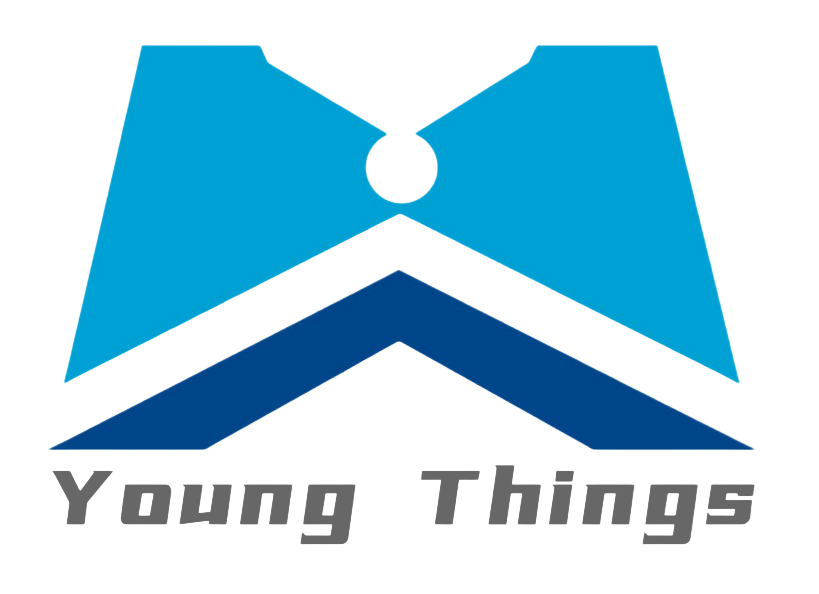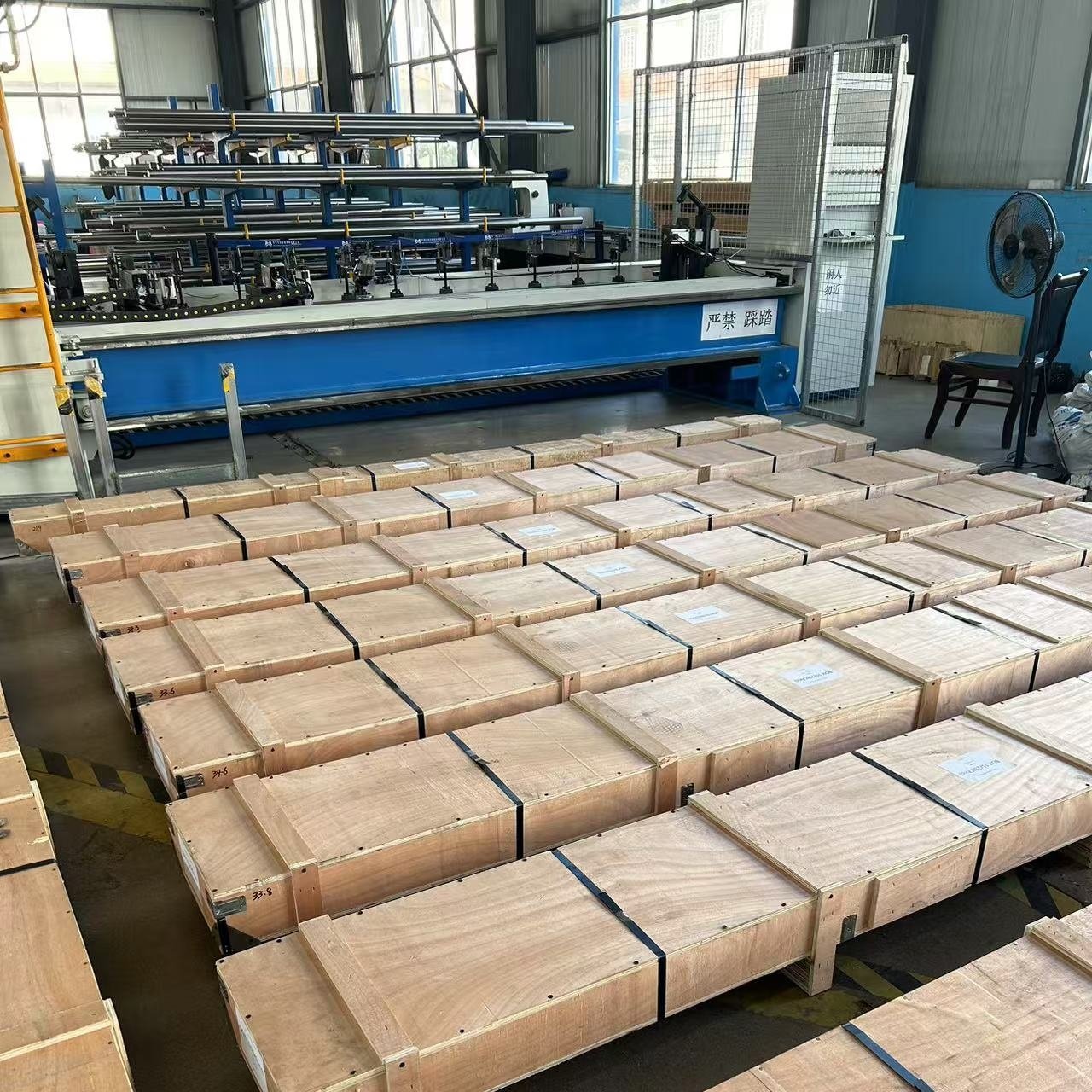In the high-stakes world of international titanium procurement, a factory audit is more than a formality; it’s a vital safeguard for overseas buyers aiming to minimize risks and ensure consistent quality. Given the high standards and precision demanded by the titanium industry, a well-executed audit enables buyers to thoroughly assess suppliers, verifying that each stage of production meets essential benchmarks. As you navigate the complex landscape of global sourcing, where standards and practices vary widely, the ability to conduct thorough and effective audits becomes indispensable.
This diligence can make the difference between establishing a trustworthy partnership and facing costly mistakes. Without a thorough audit, overlooked issues or subpar quality can slip through the cracks, leading to financial losses and reputational damage. Committing to a meticulous evaluation process builds a foundation of reliability and trust with suppliers, minimizing risks and protecting your business interests.
Why are titanium factory audits so crucial? First, they provide firsthand verification of a supplier’s capabilities, quality control processes, and compliance with international standards. In an industry where product integrity is paramount—and substandard materials can have severe consequences—this direct assessment is invaluable.
Moreover, factory audits reveal insights far beyond digital communications or paperwork, allowing you to assess operational efficiency, workplace culture, and supplier stability. For overseas buyers, this knowledge is a powerful tool for risk mitigation and confident, informed decision-making.
This guide is crafted to help you grow from a novice to an expert auditor, providing a step-by-step, comprehensive approach to conducting titanium factory audits. Whether you’re new or refining current practices, you’ll find practical advice, insider tips, and industry-specific strategies to enhance your auditing skills.
We’ll cover everything from pre-audit preparation and on-site inspection techniques to post-audit actions and long-term strategies. By the end of this guide, you’ll have the knowledge and tools to conduct professional-grade audits, ensuring that your titanium supplies consistently meet high standards of quality and reliability.
In the competitive world of titanium procurement, your auditing expertise isn’t just a skill—it’s your strategic advantage. So, let’s start this journey from novice to expert.
Before stepping into a titanium factory, thorough preparation is essential. This phase lays the groundwork for a successful audit.
-
Understand Industry Standards:
- Familiarize yourself with key standards like ASTM B348 for titanium bar and billet, and AMS 4928 for aerospace applications.
- Stay updated on ISO 9001 quality management systems and industry-specific certifications.
-
Develop a Comprehensive Checklist:
- Create a detailed audit checklist covering all aspects of titanium production.
- Include sections on raw material sourcing, production processes, quality control, and documentation.
- Tailor your checklist to address specific concerns relevant to your product requirements.
-
Arrange Logistics:
- If language barriers exist, secure a reliable translator familiar with technical terminology.
- Consider hiring a local guide who understands the business culture and can provide valuable context.
Now we enter On-Site Audit Steps
1: Document Review Begin your on-site audit with a thorough examination of the factory’s documentation:
- Verify all necessary certifications and licenses.
- Review quality control records, production logs, and material traceability documents.
- Check employee training records, especially for key technical positions.
2: Production Facility Inspection Next, tour the production facility:
- Observe the overall layout and workflow efficiency.
- Inspect key equipment such as melting furnaces, forging presses, and heat treatment facilities.
- Pay attention to cleanliness, organization, and adherence to safety protocols.

3: Quality Control Process Evaluation Scrutinize the quality control measures
- Examine testing equipment and calibration records.
- Verify that proper sampling and testing procedures are in place.
- Review non-conformance reports and corrective action processes.
4: Employee Interviews Engage with employees at various levels:
- Talk to floor workers about their understanding of quality standards.
- Discuss process controls with supervisors and managers.
- Assess the overall knowledge and commitment to quality across the workforce.
5: Safety and Environmental Compliance Check Ensure the factory meets safety and environmental standards:
- Verify compliance with local and international environmental regulations.
- Check safety equipment, emergency procedures, and incident records.
- Assess waste management and recycling practices.

 Next,we enter Post-Audit States
Next,we enter Post-Audit States
- Audit Report Compilation:
- Prepare a detailed report highlighting strengths, weaknesses, and areas for improvement.
- Use clear, objective language and provide specific examples.
- Supplier Communication:
- Schedule a debrief meeting with the supplier to discuss audit findings.
- Be constructive in your feedback, focusing on collaborative improvement.
- Improvement Plan and Follow-up:
- Work with the supplier to develop an action plan for addressing any issues.
- Set clear timelines for improvements and schedule follow-up audits as necessary.
Advancing from Novice to Expert: Pro Tips
- Avoiding Common Pitfalls:
- Don’t be swayed by surface-level impressions; dig deeper into processes and data.
- Beware of “showcase” areas that may not represent the entire facility.
- Cross-verify information from different sources within the factory.
- Navigating Cultural Differences:
- Find out about local business etiquette before visiting.
- Be respectful but firm when asking.
- Use a local guide to help decipher subtle cultural cues.
- Develop a long-term audit strategy:
- Develop a rotating audit schedule to cover different areas in depth over time.
- Conduct surprise audits versus regular audits to get more accurate information.
- Continuously update your audit process based on industry trends and past experience.
As you progress from titanium factory audit novice to expert, remember that the process is both an art and a science. Your expertise will grow with each audit you perform, increasing your value as an overseas buyer.
Key points of this guide:
- Adequate preparation is the foundation of an effective audit.
- On-site inspections should be comprehensive, covering documents, facilities, processes and personnel.
- Post-audit actions, including clear communication and follow-up, are critical to driving improvements.
- Cultural awareness and adaptability are essential skills for international auditors.
- Continuous learning and improvement strategies will advance your audit expertise.
By mastering titanium factory audits, you not only protect your company’s interests but also play a key role in upholding the integrity of the global titanium supply chain. In doing so, your expertise ensures that sourced materials consistently meet the stringent standards required for critical applications across aerospace, medical, and industrial sectors.
In the world of titanium sourcing, knowledge translates directly into safety, quality, and a distinct competitive advantage. As you continue to hone your skills and stay current with industry developments, view every audit as an invaluable opportunity to grow and improve.
developments, view every audit as an invaluable opportunity to grow and improve.
Remember, as a professional auditor, you play a vital role in upholding the highest standards within the titanium industry. Through your skills, you help ensure the quality, reliability, and safety of titanium products worldwide. Embrace this responsibility fully, and let it fuel your continuous advancement in the art and science of titanium plant auditing.
Share this article
Written by : 钛合金网
Follow us
Latest articles
February 5, 2025



